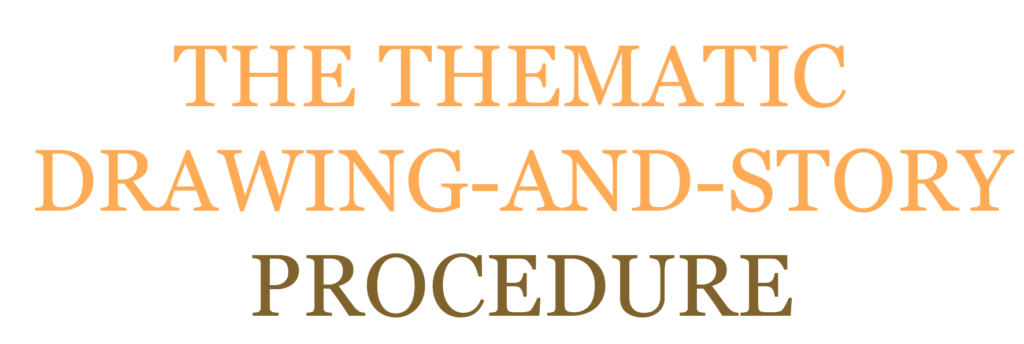KETZER, J. C. et al. A visão de crianças sobre o atendimento odontológico em função do tipo de instituição escolar (pública ou privada) [The Vision of Children about Dental Treatment According to the Type of School (Public or Private)]. Pesq. Bras. Odontoped. Clin.: Integr. João Pessoa, v.12, n. 4, p. 541-47, out-dez. 2012.
Available on: http://revista.uepb.edu.br/index.php/pboci/article/view/1387/904
Objective: To know the perception of children about dental treatment. Method: This was an exploratory study with a qualitative approach. The target population was formed by children attending public and private schools of the urban perimeter of Itajaí (SC), Brazil, who participated after written informed consent from their parents. The Thematic Drawing-and-Story Procedure was used for data collection. The number of children in the study was determined by the data saturation technique. For structuring the data, four categories were considered and further separated into subcategories. The manifestations were tabulated, according to the categories and subcategories and type of school. Data were presented by descriptive statistics. Results: Forty children from public and 36 from private schools were enrolled in the study. Ages varied from 4 to 9 years. In the public schools, the girls were 47.5% and boys were 52.5%. In the private schools, girls were 55.5% and boys were 44.5%. In both public and private schools, the category ‘dental setting’ had the highest frequency (47.5% and 40.6%, respectively). In this category, the subcategories ‘dentist’, ‘patient’ and ‘instruments/equipment/IPEs’ had too close frequencies. In the public schools, the second most frequent category was ‘dental treatment’ (21.7%), with ‘preventive treatment’ standing out from the others subcategories. In the private schools, the second most mentioned category was ‘dentist image’ (37.7%), having ‘humanized image’ as the most prevalent subcategory. Finally, the category ‘behavioral manifestation’ was the least frequent in both types of school. Conclusion: For both groups of children investigated in this study, the context of dental consultation is primordially structured on pleasant situations that are governed by an educative-preventive practice permeated by a humanized vision of the dentist.

